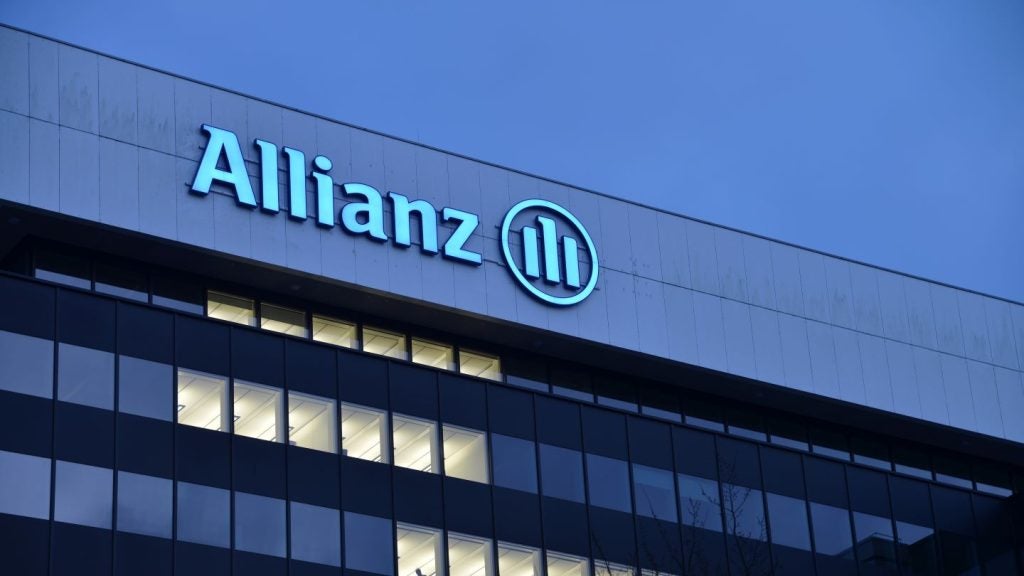
The UK government has revealed plans to introduce a new framework for captive insurance companies, following its consultation in November 2024.
In a speech, the country’s chancellor Rachel Reeves confirmed the development as saying: “For insurance – where Britain is the destination of choice for underwriting complex, specialised and high-value risk.

Access deeper industry intelligence
Experience unmatched clarity with a single platform that combines unique data, AI, and human expertise.
“I am introducing a new competitive framework for captive insurance.”
The November 2024 consultation was part of the government’s strategy to enhance the growth and competitiveness of domestic financial services industry.
It received 42 responses, primarily from insurance industry companies, including trade bodies, insurers, and brokers.
Respondents expressed support for the proposals outlined, which aim to maintain the UK’s reputation as an internationally competitive insurance centre while protecting policyholders.

US Tariffs are shifting - will you react or anticipate?
Don’t let policy changes catch you off guard. Stay proactive with real-time data and expert analysis.
By GlobalDataStakeholders have highlighted two types of captive insurers: direct-writing captives, which insure the risks of one or more group members, and reinsurance captives, which reinsure such risks.
The proposed framework includes allowing captives in protected cell companies, enabling affordable insurance for smaller businesses and a pilot for larger corporates.
The announcement was welcomed by the Financial Conduct Authority (FCA), the Prudential Regulation Authority (PRA), and industry bodies such as the London Market Group and several others.
In a joint statement, the regulators said: “We are committed to playing our part by developing a proportionate authorisation and regulatory regime for captives reflecting the lower risk they pose.”
The PRA and FCA will collaborate with His Majesty’s Treasury and stakeholders to develop the regime, by setting up subject expert groups to gather feedback on policy development.
The PRA plans to consult on new rules in mid-2026, with the framework expected to be implemented by mid-2027.







